Dear Friends,
I made a commitment when we launched the firm to not pollute your inbox with regularly scheduled quarterly reviews that were just recaps of what happened in the quarter – a somewhat insulting exercise considering the information transparency we have these days. But to create a communication process that brought our investors closer to our day-to-day process and to communicate the things that we found significant or relevant in real time. My philosophy was centered on the importance of relevance verse receptiveness, hopefully being a better source of information and thought. I firmly believe it will create greater connection with you, opening the opportunity for us to talk around the important issues facing markets. We have put out more communication this month than we did in Q3 last year. Why? We believe we are at many inflections points in markets that will trigger greater volatility. With that in mind, greater communication, transparency and thought sharing is needed.
Our core thesis for 2022 was one of heightened volatility and boy has that proven to be correct. But my thoughts that the Fed was going to be more aggressive with their balance sheet as a more effective policy tool were directly challenged by Powell yesterday. While I am surprised, they are sticking with conventional monetary policy in their shift, I fear the unintended consequences will have the market more focused on the risk of policy error than on the sustainability of the recovery and reversion of inflation. One of the core reasons I thought The Fed would be more aggressive with balance sheet management was related to the yield curve. My thought is that aggressive short rate management would risk a flattening of the curve, bringing financial sector risk into the equation and raising new risks that were not optimal for a recovering economy. Flat yield curves don’t inspire profitable lending activity or sustainable increases in the velocity of money (more on this later). And they can bring out hidden leveraged risk taking that exists in the shadows of the system (think carry trades).
I am sharing work that Lindsay Bernum sent to the team yesterday that provides great perspective related to the yield curve and prior tightening campaigns. I posed the question to the team yesterday – does picking up 18 bps for 4 years of duration extension get you excited? That is the spread relationship between the 10-yr U.S. Treasury and 5-yr U.S. Treasury (it sits at 15 bps this morning). From a risk/reward standpoint I think that the extension trade only makes sense if you are bullish on rates and believe the curve will invert. Maybe the unintended consequence of Mr. Powell and team being complacent with the balance sheet – we will see!
-Gibson
Where We Are Today vs. The Last Hiking Cycle
Taking a closer look at the market during the last hiking cycle compared against current conditions today, we note several observations that are likely to hinder any expectations of a smooth or predictable rate hike process, highlighted in the charts below. The market and The Fed can paint a picture of 4 orderly well communicated hikes, but it’s inevitable that execution and reality will come to a head as the process unfolds. While the 2-yr through 10-yr maturities on the U.S. Treasury curve are currently priced for perfection, the 30-yr disagrees.
- Both 2’s and 5’s are fully pricing in 4 rate hikes, which is extremely relevant given that Powell believes his communication with the market is working. Unfortunately, this does not leave room for the flexibility Powell wants.
- This suggests that any signs of slowing growth momentum will bring about a repricing event. As a reminder, the 2016 period saw 2’s rally ~50 bps and 5’s rally ~80 bps.
- The 10-yr U.S. Treasury at 2% is reasonable but the 30-yr is not participating given the inflation landscape and the Fed signaling, suggesting a strong fear of policy error within the market.
- Remember that 2016 also saw 10’s & 30’s rally ~100 bps.
For the charts below, the yellow circle represents the 2016 rally after the first hike while the red circle details the market impact 4 rate hikes into the hiking cycle.
2-yr: Currently pricing in 4 hikes
- 2’s at 1.15% as of close on 1/26/22
- 2’s reached 1.09% with the first rate hike in 2015
- Generically we see 2’s range between flat to Fed Funds and 50 bps above Fed Funds
- Gap widened to 75 bps above Fed Funds near the terminal level
- 4 hikes in 2022 suggests 2-yr at 1.15-1.50%, market is fully pricing in 4 hikes
 Source: Bloomberg 1/26/22
Source: Bloomberg 1/26/22
INSTITUTIONAL INVESTOR USE ONLY
5-yr: 4 hikes take us closer to 2%
- 5’s at 1.69% as of close on 1/26/22
- 5’s reached 1.80% with the first rate hike in 2015
- Generically the 5’s range between 50-150 bps above Fed Funds
- Gap narrowed near the terminal level
- 4 hikes in 2022 suggests 5-yr at 1.70-2.15%, market is fully pricing in 4 hikes
 Source: Bloomberg 1/26/22
Source: Bloomberg 1/26/22
10-yr: Looking at 1.94%, 2.05%, 2.15%, and capping out at 2.50%
- 10’s at 1.86% as of close on 1/26/22
- 10’s reached 2.50% ahead of the first rate hike in 2015
- Generically we see 10’s range between 85-225 bps above Fed Funds
- Gap collapsed on Fed Funds at the terminal level
- 10’s start to reflect slowing growth later in the hiking cycle and invert to Fed Funds
- 4 hikes in 2022 suggests 10-yr at 2.05-2.50%
 Source: Bloomberg 1/26/22
Source: Bloomberg 1/26/22
30-yr: Pricing in high likelihood of Fed policy error
- 30’s at 2.16% as of close on 1/26/22
- 30’s reached 3.25% with the first rate hike in 2015
- Generically the 30’s range between 150-300 bps above Fed Funds
- Gap collapsed on Fed Funds at the terminal level
- 30’s start to reflect slowing growth later in the hiking cycle and invert to Fed Funds
- 4 hikes in 2022 suggests 30-yr at 2.65-3.25%, but 30’s are currently signaling policy error
 Source: Bloomberg 1/26/22
Source: Bloomberg 1/26/22
INSTITUTIONAL INVESTOR USE ONLY
Let’s talk – Smith Capital Investors
Our mailing address is:
Smith Capital Investors
1430 Blake Street
Denver, CO 80202
303-597-5555
833-577-6484
info@smithcapitalinvestors.com
www.smithcapitalinvestors.com
The opinions and views expressed are as of the date published and are subject to change without notice of any kind and may no longer be true after any date indicated. Information presented herein is for discussion and illustrative purposes only and should not be used or construed as financial, legal, or tax advice, and is not a recommendation or an offer or solicitation to buy, sell or hold any security, investment strategy, or market sector. No forecasts can be guaranteed, and the author and Smith Capital Investors assume no duty to and do not undertake to update forward-looking predictions or statements. Forward-looking predictions or statements are subject to numerous assumptions, risks, and uncertainties, which change over time. Actual results could differ materially from those anticipated in forward-looking predictions or statements.
Any investment or management recommendation in this document is not meant to be impartial investment advice or advice in a fiduciary capacity and is not tailored to the investment needs of any specific individual or category of individuals. Opinions and examples are meant as an illustration of broader themes, are not an indication of trading intent, and are subject to changes at any time due to changes in the market or economic conditions. The information presented herein has been developed internally or obtained from sources believed to be reliable; however, neither the author nor Smith Capital Investors guarantees that the information supplied is accurate, complete, or timely, nor are there any warranties with regards to the results obtained from its use. It is not intended to indicate or imply that any illustration/example mentioned is now or was ever held in any portfolio.
Past performance is no guarantee of future results. As with any investment, there is a risk of loss. Investing in a bond market is subject to risks, including market, interest rate, issuer, credit, inflation, default, and liquidity risk. The bond market is volatile. The value of most bonds and bond strategies are impacted by changes in interest rates. The return of principal is not guaranteed, and prices may decline if an issuer fails to make timely payments or its credit strength weakens. High yield or “junk” bonds involve a greater risk of default and price volatility and can experience sudden and sharp price swings.
Please consider the charges, risks, expenses, and investment objectives carefully before investing. Please see a prospectus, or, if available, a summary prospectus containing this and other information. Read it carefully before you invest or send money. Investing involves risk, including the possible loss of principal and fluctuation of value.
All indices are unmanaged. You cannot invest directly in an index. Index or benchmark performance presented in this document does not reflect the deduction of advisory fees, transaction charges, and other expenses, which would reduce performance.
This material may not be reproduced in whole or in part in any form, or referred to in any other publication, without express written permission from Smith Capital Investors.
Smith Capital Investors, LLC is a registered investment adviser.
SCI00212


























